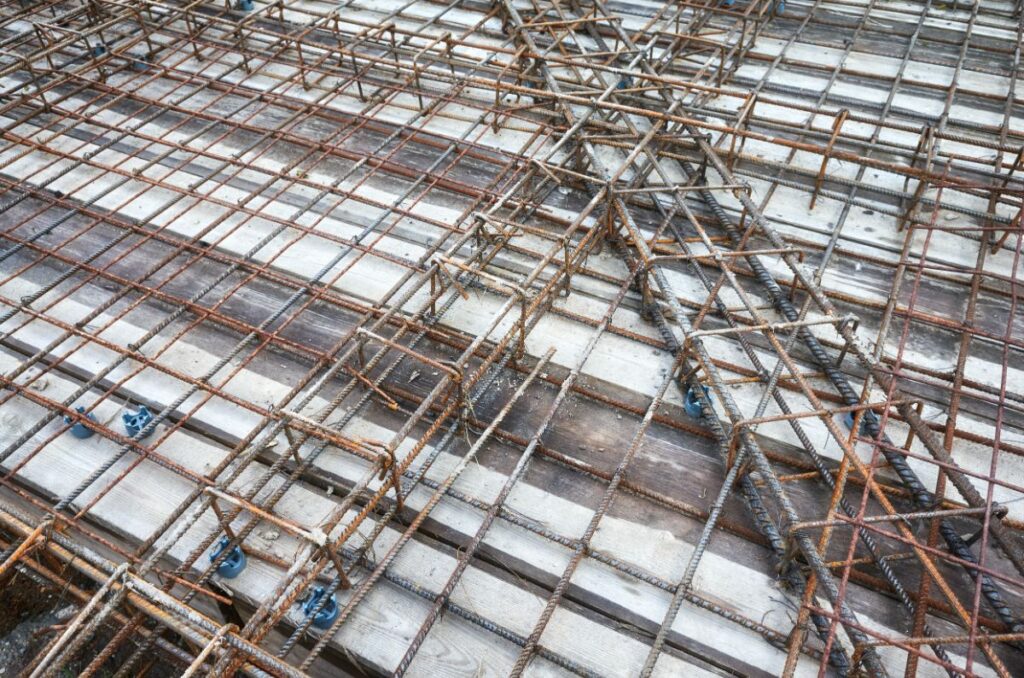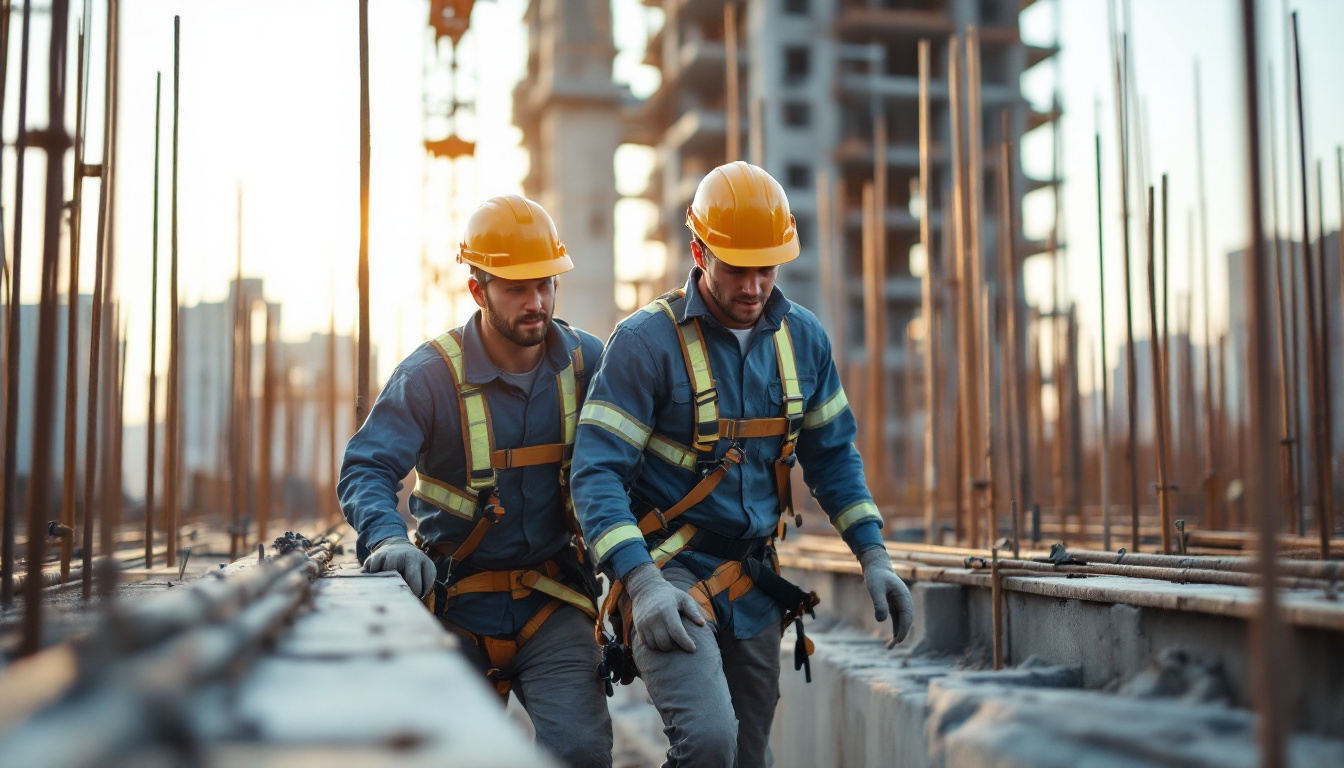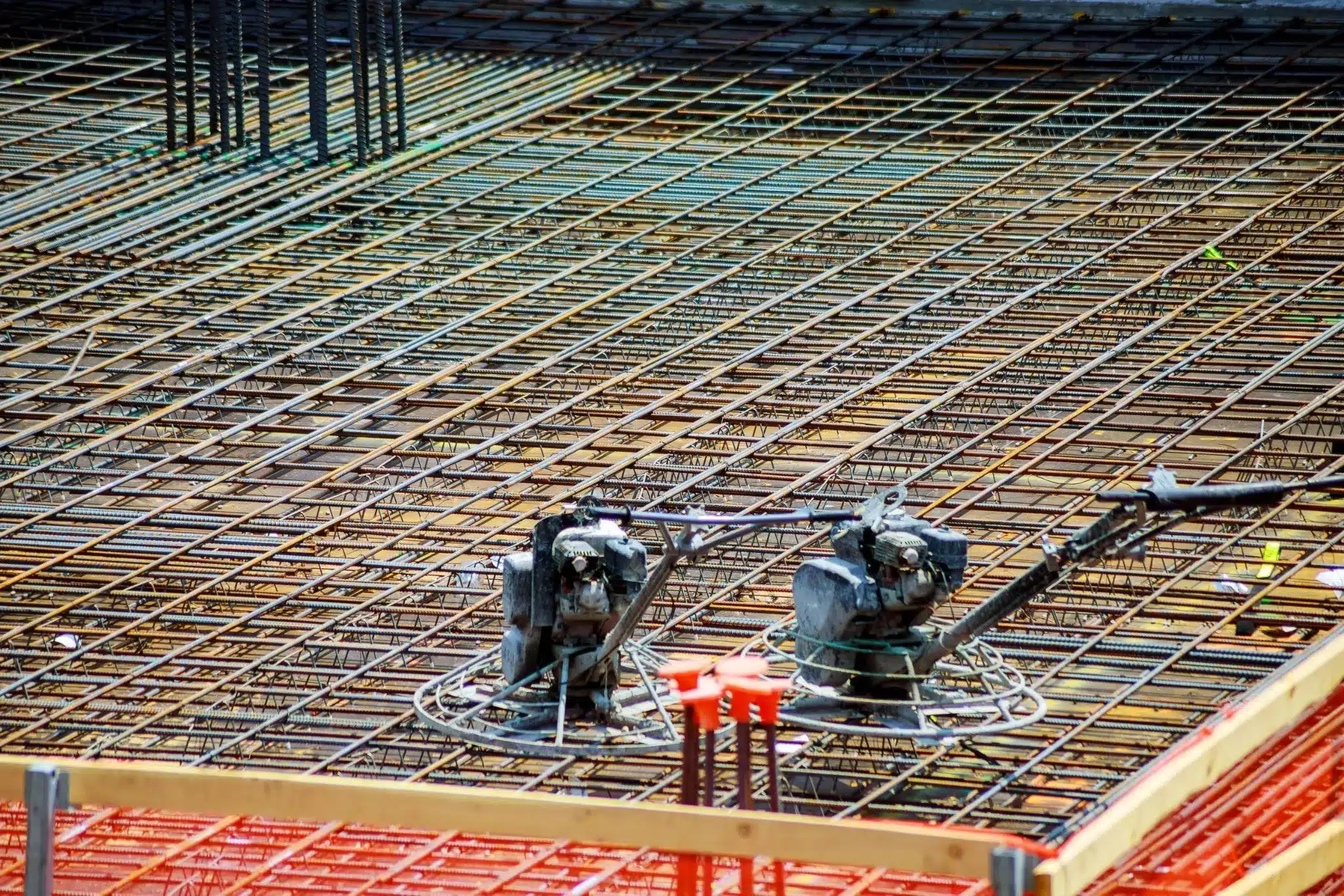Benefits of using reobar in concrete construction
In the realm of construction, the choice of materials can significantly influence the durability, strength, and overall performance of structures. One such material that has garnered attention in recent years is reobar, a type of reinforcing bar used to enhance the tensile strength of concrete. This article delves into the various benefits of using reobar in concrete construction, exploring its applications, advantages, and the reasons behind its growing popularity in the industry.
Understanding Reobar
Reobar, short for reinforcing bar, is a steel bar or mesh that is embedded in concrete to improve its structural integrity. Concrete is inherently strong in compression but weak in tension, which is where reobar comes into play. By integrating reobar into concrete structures, engineers can significantly enhance the tensile strength, making it suitable for a wide range of applications. This reinforcement is crucial in areas subject to dynamic loads, such as seismic zones, where the ability to withstand tension is vital for the safety and durability of the structure.
The benefits of using reobar concrete construction are manifold, ranging from enhanced structural integrity and cost-effectiveness to sustainability and safety. As the construction industry continues to evolve, the importance of utilising advanced materials like rebar cannot be overstated.
Composition and Types of Reobar
Reobar is typically made from carbon steel and comes in various grades and sizes. The most common types include deformed bars, which have ridges to improve the bond with concrete, and plain bars, which are smooth. The choice of type and grade depends on the specific requirements of the construction project, including load-bearing capacity and environmental conditions. Additionally, there are specialised types of reobar, such as epoxy-coated bars, which are designed to resist corrosion, making them ideal for use in harsh environments like coastal areas or places with high humidity.
Applications of Reobar in Construction
Reobar is utilised in various construction applications, from residential buildings to large-scale infrastructure projects. It is commonly found in:
- Foundations and footings
- Slabs and pavements
- Bridges and tunnels
- Retaining walls
Each application leverages the unique properties of reobar to ensure structural stability and longevity. For instance, in bridge construction, reobar is essential for withstanding the tensile forces exerted by traffic loads and environmental factors such as wind and temperature fluctuations. Furthermore, the use of reobar in retaining walls helps to counteract the lateral earth pressure exerted by the soil, preventing potential collapse and ensuring the safety of surrounding structures. The versatility of reobar makes it an indispensable component in modern engineering, allowing for innovative designs and enhanced safety standards across various types of construction projects.

Enhanced Structural Integrity
One of the primary benefits of using reobar in concrete construction is the enhanced structural integrity it provides. The combination of concrete and reobar creates a composite material that can withstand various forces, including tension, compression, and shear. This synergy between the two materials allows for the creation of robust structures that can endure the test of time, making reobar an essential component in modern construction practices.
Improved Load-Bearing Capacity
Reobar significantly increases the load-bearing capacity of concrete structures. By distributing loads evenly across the concrete, reobar helps prevent cracking and structural failure, particularly in high-stress areas. This is especially crucial in large constructions, where the weight of the structure can impose significant stress on the foundation. Furthermore, the strategic placement of reobar can be tailored to meet specific engineering requirements, allowing for innovative designs that push the boundaries of architectural possibilities. Find more about stress on https://pmc.ncbi.nlm.nih.gov/articles/PMC3225114/
Resistance to Environmental Factors
Concrete structures are often exposed to harsh environmental conditions, including moisture, temperature fluctuations, and chemical exposure. Reobar enhances the durability of concrete by providing additional resistance to these factors. For instance, in coastal areas where saltwater can corrode steel, using corrosion-resistant reobar can prolong the life of the structure. Additionally, the use of epoxy-coated rebar or stainless steel rebar can further mitigate the risks associated with environmental degradation, ensuring that structures remain safe and functional for decades. This is particularly important in regions prone to extreme weather events, where the integrity of buildings can be severely tested.
Moreover, the integration of rebar into concrete not only improves structural resilience but also contributes to sustainability efforts in construction. By extending the lifespan of concrete structures, rebar reduces the need for frequent repairs or replacements, which in turn lowers the overall environmental impact associated with construction activities. As the construction industry increasingly prioritises eco-friendly practices, the role of rebar in enhancing both the durability and sustainability of concrete structures cannot be overstated. This dual benefit aligns with modern engineering goals, which seek to balance functionality with environmental responsibility.
Cost-Effectiveness
While the initial investment in reobar may seem higher than using plain concrete, the long-term savings it offers make it a cost-effective choice. The enhanced durability and reduced maintenance needs translate into lower lifecycle costs for the structure.
Reduced Maintenance and Repair Costs
Structures reinforced with reobar typically require less maintenance over time. This is due to their increased resistance to cracking and environmental damage. As a result, the costs associated with repairs and upkeep are significantly reduced, allowing for better allocation of resources in the long run.
Longer Lifespan of Structures
The integration of reobar can extend the lifespan of concrete structures. By minimising the risk of structural failure and damage, reobar ensures that buildings and infrastructure can endure for decades, if not longer. This longevity is particularly beneficial for public infrastructure, where the costs of replacement can be astronomical.
Versatility in Design
Reobar offers a level of versatility in design that is invaluable in modern construction. Its adaptability allows engineers and architects to create innovative structures that meet specific aesthetic and functional requirements.
Customisation Options
Reobar can be cut and shaped to fit various design specifications. This customisation allows for complex architectural designs that would be challenging to achieve with standard concrete alone. Whether it’s curved walls or intricate support systems, reobar provides the flexibility needed for creative construction solutions. To learn more about flexibility click here.
Compatibility with Other Materials
Reobar can be easily integrated with other construction materials, such as precast concrete and composite materials. This compatibility opens up additional possibilities for construction methods and design approaches, enabling more efficient and effective building practices.
Sustainability Considerations
In an era where sustainability is at the forefront of construction practices, reobar presents several environmentally friendly advantages. The use of recycled materials and the potential for reduced waste make it a responsible choice for modern construction projects.
Recyclability of Reobar
Steel rebar is highly recyclable, which significantly reduces its environmental impact. At the end of its lifecycle, rebar can be melted down and repurposed for new construction projects, minimising the need for new raw materials. This recycling capability contributes to a more sustainable construction industry.
Energy Efficiency in Production
The production of rebar has become increasingly energy-efficient due to advancements in manufacturing processes. By utilising less energy and producing fewer emissions, the environmental footprint of rebar is reduced, making it a more sustainable option compared to other construction materials.
Safety Benefits
Safety is a paramount concern in construction, and the use of rebar can enhance the safety of both the construction process and the finished structure. The added strength and stability provided by rebar contribute to safer building practices and end-user safety.

Minimisation of Structural Failures
By reinforcing concrete with rebar, the risk of structural failures is significantly diminished. This is particularly important in high-rise buildings and bridges, where the consequences of failure can be catastrophic. The use of rebar ensures that structures can withstand extreme loads and environmental conditions.
Improved Worker Safety
The integration of rebar into construction projects can also improve worker safety on-site. With stronger structures, the likelihood of accidents related to structural collapse is reduced, creating a safer working environment for construction crews.
Conclusion
With its ability to improve load-bearing capacity, resist environmental factors, and provide design versatility, rebar has become an essential component in modern construction practices. By investing in rebar, builders and engineers not only ensure the longevity and durability of their structures but also contribute to a more sustainable and safer construction industry.
As the demand for innovative and resilient construction solutions grows, the role of rebar will undoubtedly expand, paving the way for a new era of concrete construction that prioritises strength, efficiency, and sustainability.
Learn more on: Rebar Corrosion: Causes, Prevention, and Treatment

